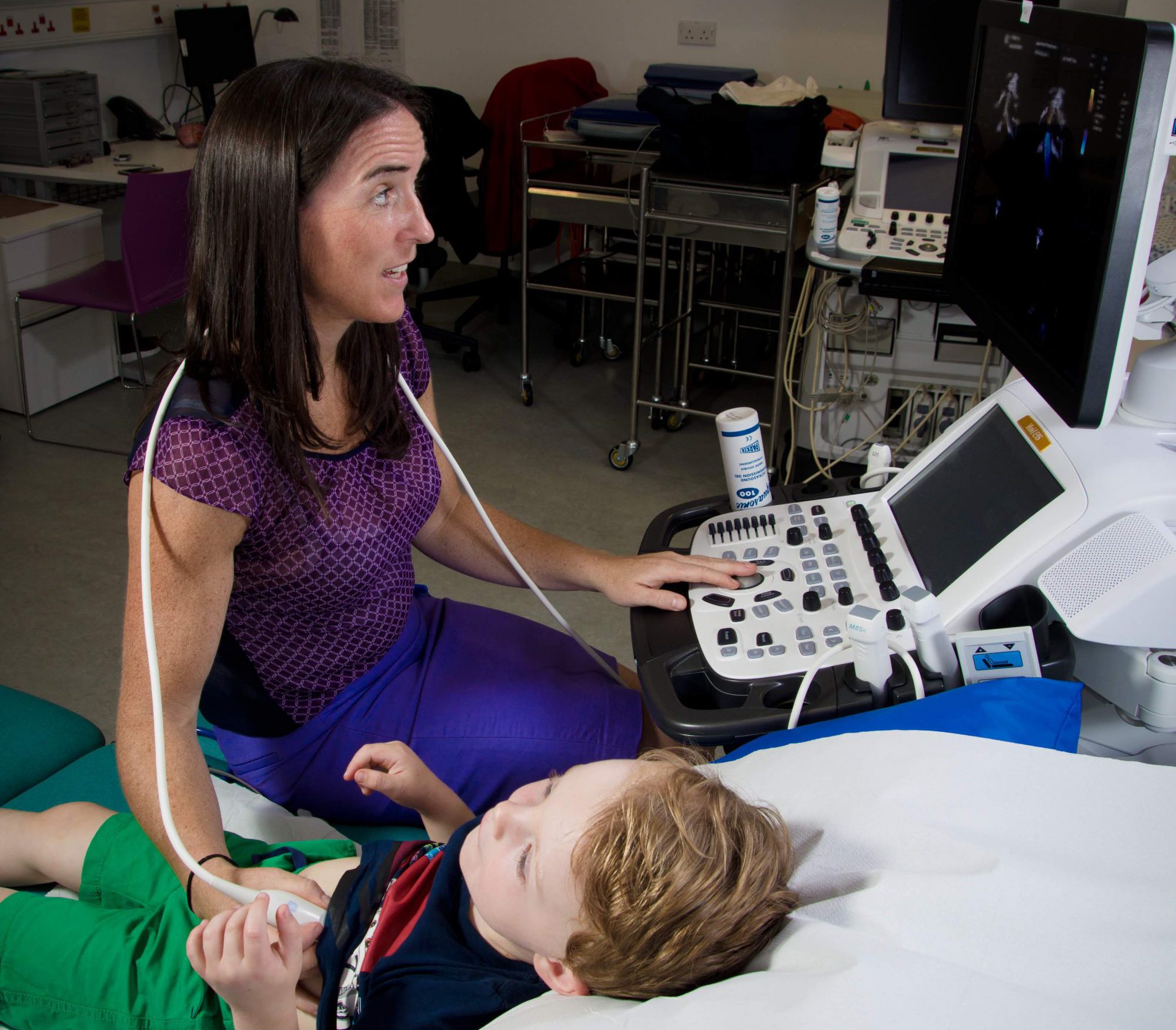What is an atrial septal defect?
An atrial septal defect (ASD) is a hole in the wall that separates the upper right and left heart collecting chambers (atria). “Atrial” is the name we give to the upper chambers of the heart, “septal” is a medical term for wall, and “defect” is a gap. Taken together, it means that there is a gap in the wall of the upper portion of the heart.
ASD is a congenital condition present at birth. The muscle wall dividing the two upper chambers (atria) has multiple building blocks and a deficiency in any of them can lead to a gap in a different portion of this partitioning upper wall.
The ASD allows oxygen-rich (red) blood to pass from the left heart chamber and mix with oxygen-poor (blue) blood in the right chamber. The effects this communication has on the child’s heart depends on the size of the hole. Some communications are too small to of any significance, the most common type we see is called a PFO (patent foramen ovale). This can be found in up to 1 in 3 adults and is considered a normal variant. If the communication allows a significant amount of blood cross from the left heart to the right heart over time the right heart will increase in size and work harder. Generally this is tolerated quite well initially but if left over time, this can cause the heart and lungs to work harder and put the child at risk for other conditions later in life, as an adult. These include:
abnormal cardiac rhythms
heart muscle failure
reduced exercise tolerance
pulmonary hypertension
Treatment of ASDs?
As mentioned, the size of the hole can vary from small to large. Some ASDs close on their own over time, typically during the first three years of life. However, if the hole remains significant in size, closure is necessary. The options include non-surgical, catheter based “key-hole” interventions and minimally-invasive surgical techniques. Depending on the size and location of the ASD, non-surgical catheter-based techniques may be able to close the defect, thereby avoiding surgery. Each ASD is assessed individually to ascertain the most appropriate management and closure option.
